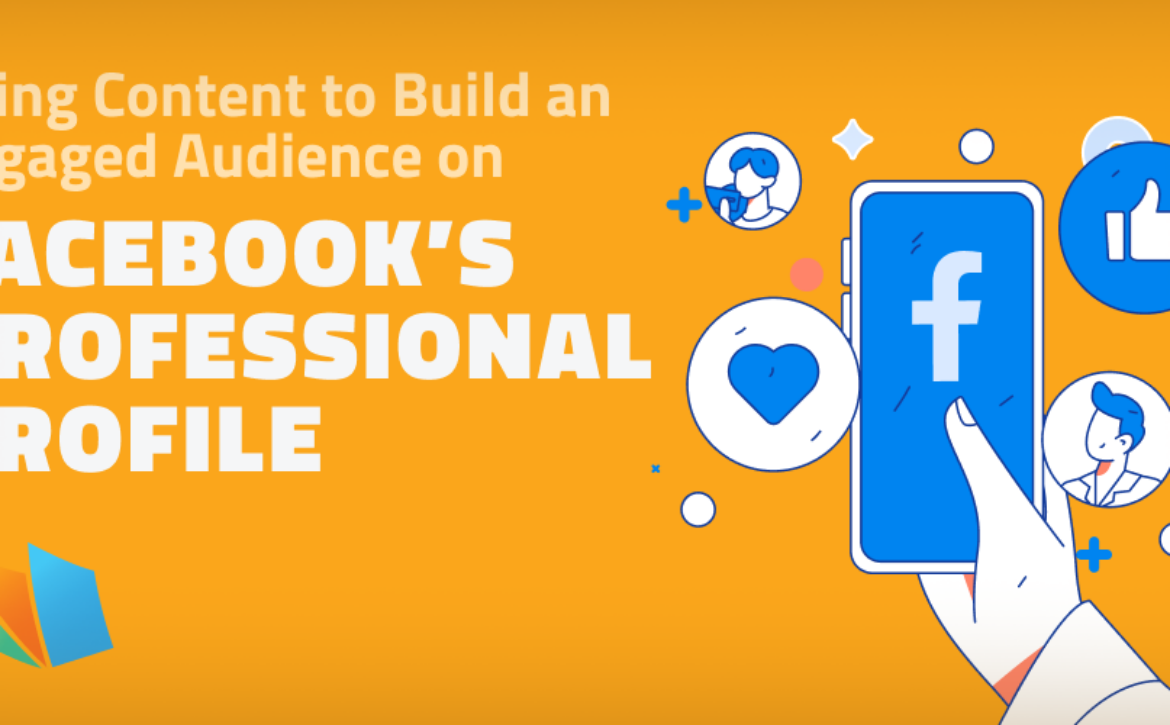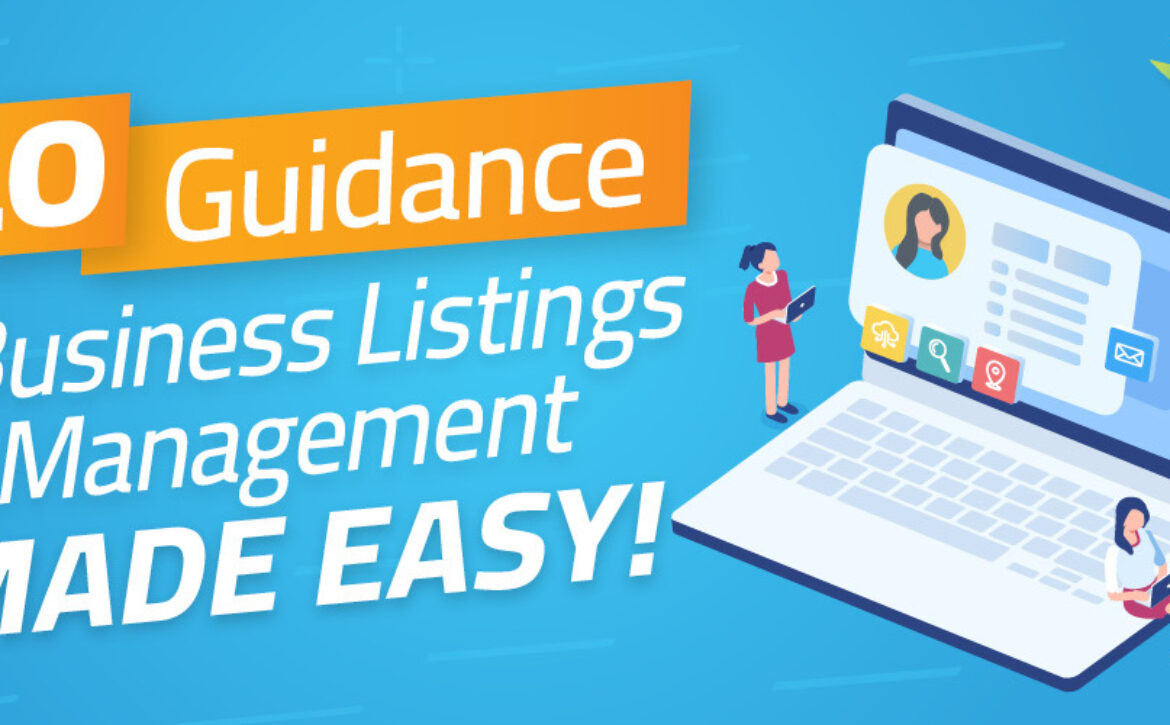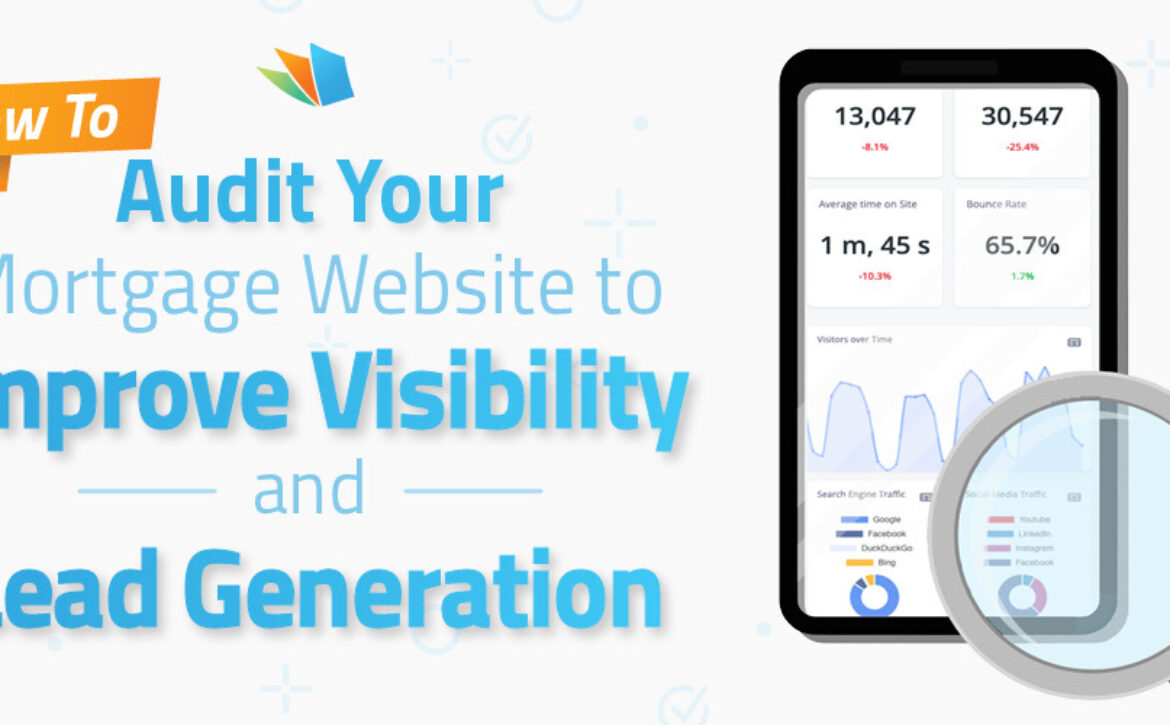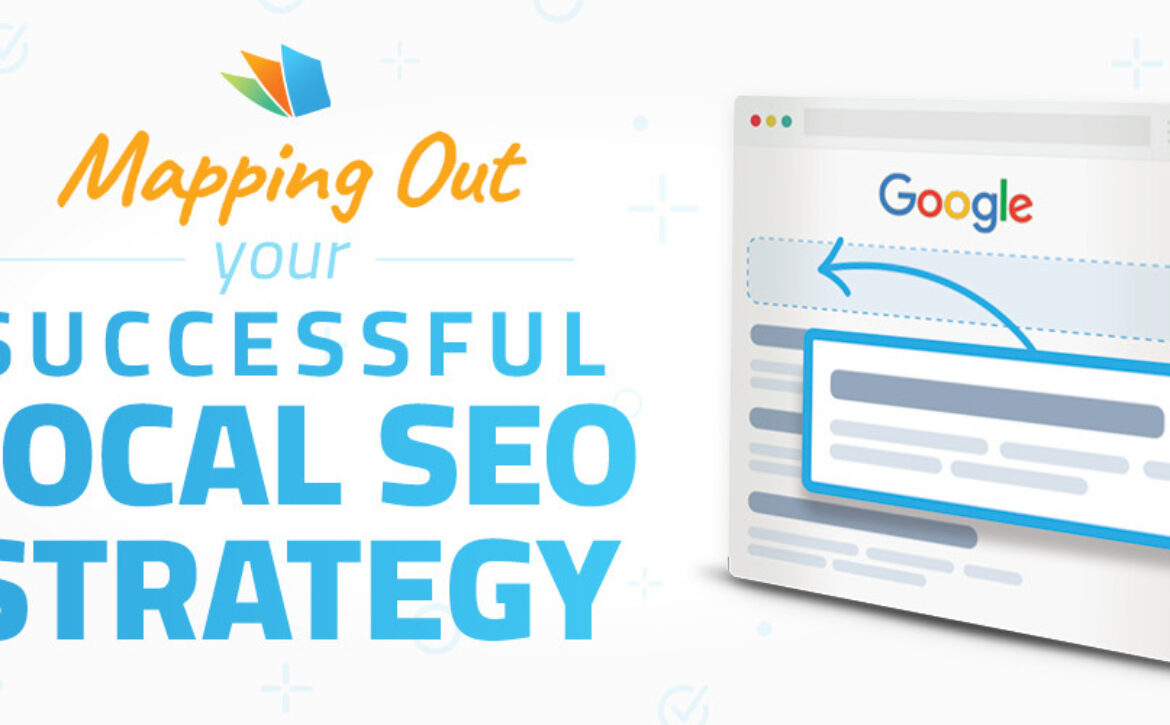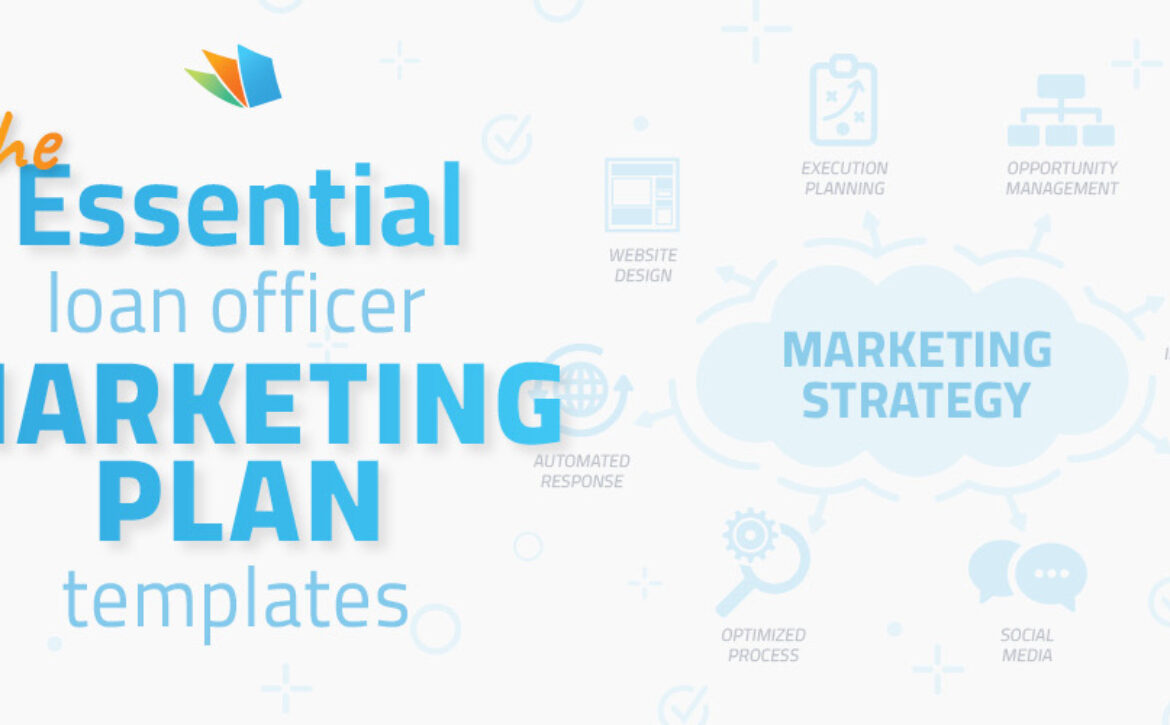Using Content to Build an Engaged Audience on Facebook’s Professional Profile
In our last post, we covered how personal and professional Facebook profiles impact your mortgage business. Now, let’s look at a common gap: using well-crafted content to drive engagement and capture valuable leads.
Most mortgage pros underestimate how much high-quality, strategic content can achieve on Facebook. Some overlook the platform entirely, while others post sporadically, hoping something will stick. But without a focused approach, posts often fall flat, missing opportunities to connect with potential clients, build trust, and convert engagement into leads.
Content isn’t just a “nice-to-have” anymore—it’s essential for audience engagement and lead generation, and Facebook is the ideal place to put it to work.
By using Facebook’s Professional Profile mode, you’re not just posting; you’re building a direct line to potential clients. This isn’t about boosting likes—it’s about creating content that drives interest, builds trust, and opens doors for your business.
AI-Powered Social Media Content – See Demo Now!
Let’s break down how to turn content into an engagement engine that grows your audience and positions you as a leader in the mortgage space.
Maximize Content Potential: How Facebook’s Professional Profile Drives Engagement & Visibility
Here’s how Facebook’s Professional Profile helps you maximize the impact of every post.
Facebook’s Algorithm Prioritizes Content Shared from Professional Profiles
When you post with a Professional Profile, Facebook’s algorithm gives your content a visibility boost, which means more eyes on your posts and a better chance of showing up in newsfeeds.
This wider reach helps you engage with a larger audience of potential borrowers while building authority in your market. By sharing relevant, insightful content, you’re positioning yourself as a go-to expert that borrowers can trust, which not only strengthens engagement but also builds brand loyalty.
Reach Beyond Followers with Local and Topic-Specific Content
Facebook’s algorithm is designed to prioritize content that’s both relevant and local, so your reach goes well beyond just your friends and followers.
Mortgage professionals can leverage this by creating posts that directly address local market trends, common mortgage questions, and specific borrower concerns in their area. When you focus on localized content, Facebook’s algorithm steps in to put your posts in front of people who may not yet follow you but are nearby and interested in mortgage-related topics.
It’s an easy way to connect with the right people at the right time—expanding your reach and building an audience that’s primed for engagement.
Turn Engagement into Insight for Smarter Content Strategy
Content sharing is like a conversation. When you share, Facebook gives you data-driven feedback on which posts hit the mark, who’s engaging, and what topics resonate.
These insights are pure gold for shaping your future strategy. You’re not just throwing posts into the void—you’re learning exactly what potential clients care about and using that information to fine-tune your content. Each post becomes part of a cycle: share, learn, refine, and re-engage. Over time, this approach keeps your messaging relevant, your audience engaged, and your strategy consistently aligned with what works best.
Types of Content to Share on Facebook’s Professional Profile
Now that we’ve covered how crucial content is for increasing visibility on Facebook, let’s dive into the types of content that will get you the best results.
Not all posts are created equal—some content types are simply better at sparking engagement, establishing authority, and connecting with the right audience. Here are the top content types to focus on:
Expertise and Educational Content
To stand out, focus on sharing content that’s specific to your niche and aligns directly with the unique needs of your audience. Instead of general mortgage advice, zero in on the areas where you bring the most value—whether that’s first-time homebuyer guidance, navigating VA loans with low credit, or offering insights into mortgage options for self-employed or gig workers.
By tailoring your content to your specialty, you’re not only showing your expertise but also creating content that resonates with the exact people you’re looking to connect with.
This approach strengthens trust, reinforces your authority, and makes it clear to potential clients why you’re the expert they need.
Geo-Targeted Content for Local Audiences
Local relevance is a powerful way to connect with your audience, and Facebook’s algorithm loves it. When you share content focused on local housing trends, unique homebuyer programs in your area, or shout-outs to real estate partners, you’re not just providing useful information—you’re creating a community connection.
Geo-targeted content helps you stand out by making your posts feel personal and relevant, particularly to those interested in local real estate.
By addressing your audience’s specific needs and interests, you make it easier for potential borrowers to see you as their go-to resource for navigating the local market.
Trending News and Opinion Posts
Staying current with mortgage and real estate news adds relevance and authority to your profile. Sharing insights on trending topics—such as interest rate changes or new mortgage
regulations—positions you as a knowledgeable resource on timely issues that impact your audience.
By adding your own expert opinion, you’re not just sharing information; you’re guiding clients through the noise, helping them understand what these developments mean for their own buying or refinancing decisions.
This type of content not only drives engagement but also builds trust, as clients come to rely on you for clear, insightful analysis of the latest industry trends.
Interactive Content
If you want more people to engage with your content, ask them to! Interactive posts, like polls, Q&A sessions, or prompts for users to share their own homeownership stories, make it easy for followers to jump in and participate.
Interactive content fosters a two-way relationship, inviting your audience to feel like part of a community rather than just passive observers. Not only does this increase engagement rates, but it also boosts your posts’ visibility, as Facebook prioritizes content that drives conversation.
It’s an effective way to build both reach and a dedicated following interested in what you have to say.
Client Success Stories
Nothing resonates more with potential clients than real stories of people who have successfully navigated the mortgage process with your help. Sharing client success stories, such as testimonials or brief case studies, adds a personal touch and builds credibility.
This type of content highlights your dedication and expertise in action, showing prospective clients that you’re not just knowledgeable—you’re effective. Plus, success stories make your profile relatable and encourage others to envision a successful journey of their own.
Built for Online Marketing – Demo LHP3
How LHP3 Simplifies Content Creation for Mortgage Pros
Creating engaging, valuable content doesn’t have to be a time-consuming process.
LHP3’s suite of tools is designed to make content creation easy and effective, allowing mortgage professionals to build their online presence and attract new clients without the stress.
Whether you’re crafting an in-depth educational blog post or sharing a quick update on the latest buyer assistance program, LHP3 makes it fast and easy, helping you focus on connecting with your audience and generating leads.
Weekly Blog Content + AI Assistance
Keeping fresh, relevant content on your website has never been easier. With LHP3’s AI-assisted blog writer, you can create original, customized posts that speak directly to your audience’s needs—all in a fraction of the time. Each AI-generated blog comes with built-in lead capture forms, turning each reader into a potential client with minimal effort on your part.
Looking for a more hands-off approach? LHP3 also takes care of consistency for you, publishing a professional, informative blog post each week. These ready-made posts keep your audience engaged and position you as a trusted resource in the mortgage industry. Whether you’re short on time or looking for extra support, LHP3 provides the flexibility and efficiency you need to build an impactful content strategy without the stress.
Ready-Made & AI-Assisted Social Media Posts
Consistency is key on social media, but creating engaging posts every day can be a challenge. With LHP3’s social media program, staying active on your profile is easier than ever. You’ll have access to a full library of pre-made posts covering essential mortgage topics, from homebuyer tips to market insights, so you’re never scrambling for content—even on the busiest days. Each post includes a built-in lead capture form, turning every share into a potential client touchpoint that drives results.
Need content that’s even more tailored to your brand? LHP3 offers an upgrade to an AI-assisted social media post writer, allowing you to generate unique, brand-specific posts in seconds.
This tool gives you the power to create engaging, on-brand content that resonates with your audience and keeps them coming back for more. With LHP3, you can maintain a strong, professional presence on social media while focusing on what you do best—connecting with clients and growing your business.
Quick Start: Steps to Build Your Facebook Audience Today
Getting started on Facebook doesn’t have to be complicated. With these quick steps, you’ll be set up to grow your audience, share content that resonates, and turn views into leads fast.
- Set Up Professional Mode
Setting up Professional Mode is quick and easy. If you’re unfamiliar, check out the setup guide from our previous post to get started.
- Share Ready-Made Content
Quickly boost your Facebook presence by sharing ready-made content and adding your expertise in the captions. Tailor it to your local market with relevant details or hashtags—an easy way to stay active and connect with your audience as the go-to local expert.
- Use LHP3 for Custom Content
Use the AI-assisted blog writer or social media creator to make content creation fast and effective. With just a few clicks, you’ll have tailored, valuable posts that engage your audience—freeing you up to focus on what matters most: building client relationships and growing your business.
Ready to Transform Your Facebook Reach? Watch LHP3 in Action!
Building an engaged Facebook audience is easier than you think—especially with LHP3’s powerful content tools in your corner. With ready-made posts, AI-powered customization, and streamlined lead capture, you’re set to boost visibility and connect with potential clients fast.
Want to see how it all works? Watch our short video and discover how LHP3 can take your Facebook engagement to the next level!


